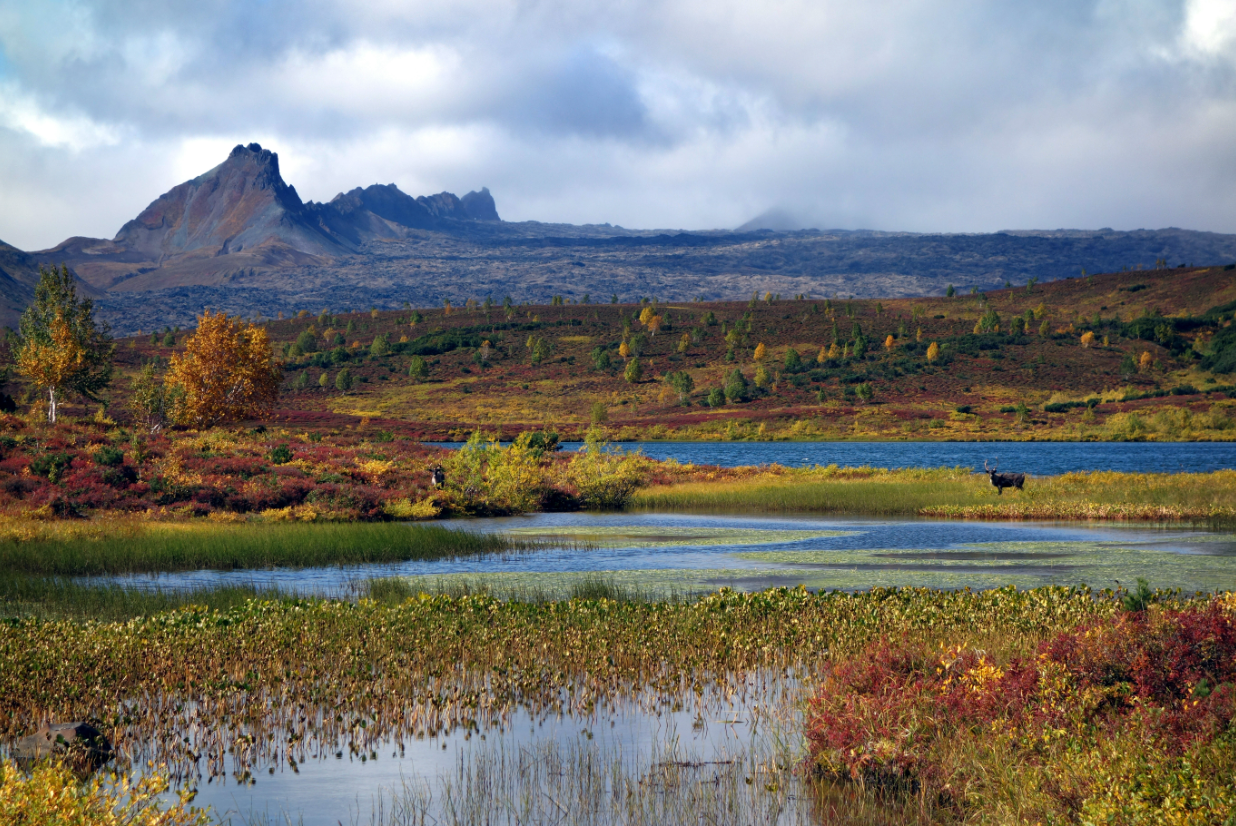
For six years, scientists studied the ecosystems of a cascade of isolated reservoirs: Angre, Ketachan, Arbunat, Tymgygytgyn, dammed by lava from the last eruption of the side cone of the Ichinsky volcano. As a result of the eruption of Northern Cherpuk, which occurred about 7,500 years ago, the only species of fish was isolated in the reservoirs - the loach Salvelinus malma, which was, as a result, included in the Red Book.
“During the period of isolation, char from different water bodies of the cascade acquired specific biological features. Descendants of anadromous Dolly Varden were isolated in Lake Arbunat. The fish were crushed and, adapting to life in a shallow dam, underwent paedomorphosis. Adults are more like juveniles of anadromous Dolly Varden. In Tymgygytgyn, fish switched to lake spawning in winter, preserving the archaic characteristics of the ancestor that moved into this reservoir immediately after the retreat of the Pleistocene glacier. The most interesting thing happened in Lake Angre - the char divided into two new ecological forms - a bottom benthophage and a pelagic plankton feeder,” said the head of the laboratory of KSU Daria Panicheva.
“The genetic studies carried out allowed us to formulate the following hypothesis. Between the two lakes - Tymgygytgyn and Angre - the largest individuals of char migrate, but the fish are represented by three independent populations with an different evolutionary history: the char of the upper lake - Tymgygytgyn - with winter lake spawning; Lake Angre char with autumn spawning in the watercourse connecting the lakes (benthophagous); and lower lake char with winter lake spawning (planktivorous). First, a benthophagous form of the lower lake arose from the chars of the upper lake, then a planktonophage separated from it. The planktivore is the most genetically divergent form in the ecosystem. At the same time, it retains limited hybridization with char from the upper lake, which migrates to the lower lake during the planktivorous spawning. The formation of planktivorous char from Dolly Varden is a unique phenomenon that has not been recorded anywhere else in the world,” said Evgeniy Yesin, leading researcher at the Institute of Ecology and Evolution of the Russian Academy of Sciences.
Currently, access to the territory of reservoirs is closed to visitors. However, residents of nearby settlements and tourism operators ignore the established rules.
The network of natural parks "Volcanoes of Kamchatka" together with the A. N. Severtsov Institute of Ecology and Evolution RAS (IEE RAS) and Vitus Bering Kamchatka State University have intensified efforts to implement preventive measures. Particular attention is paid to informing the population and tourism operators about the need for a rational and careful attitude to the natural resources of the region.
Despite existing problems, all biodiversity objects maintain their natural state, and population numbers remain high. The territories remain closed to tourists, but not everyone adheres to the established ban.
Related materials:
IA Kamchtskoye vremya: "На Камчатке исследовали уникальные озёра, сезонные колебания уровня воды в которых может достигать 18 метров"
AaF: "На Камчатке ученые изучают уникальные озера в парке «Быстринский»"
